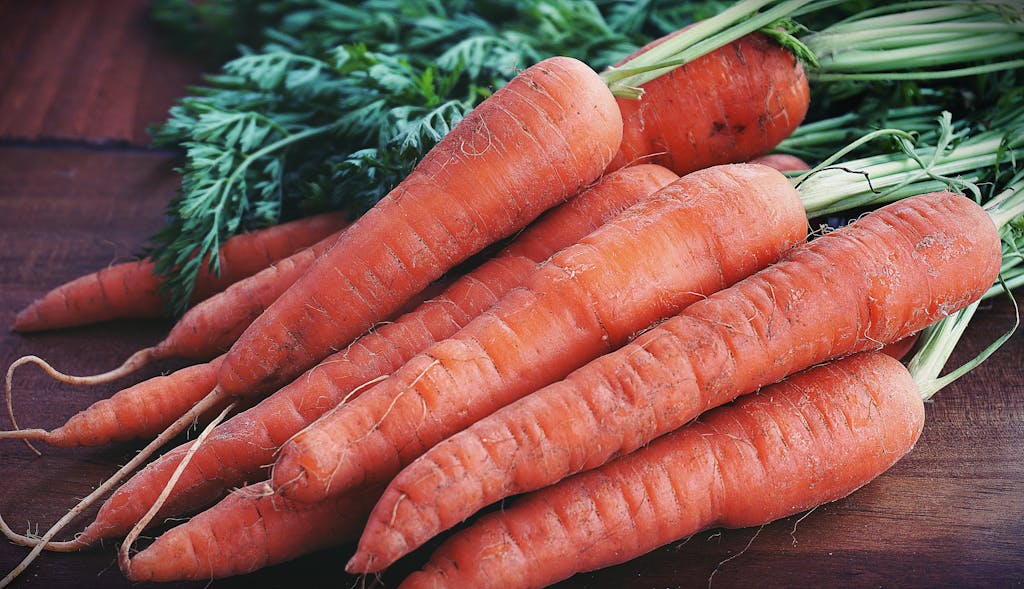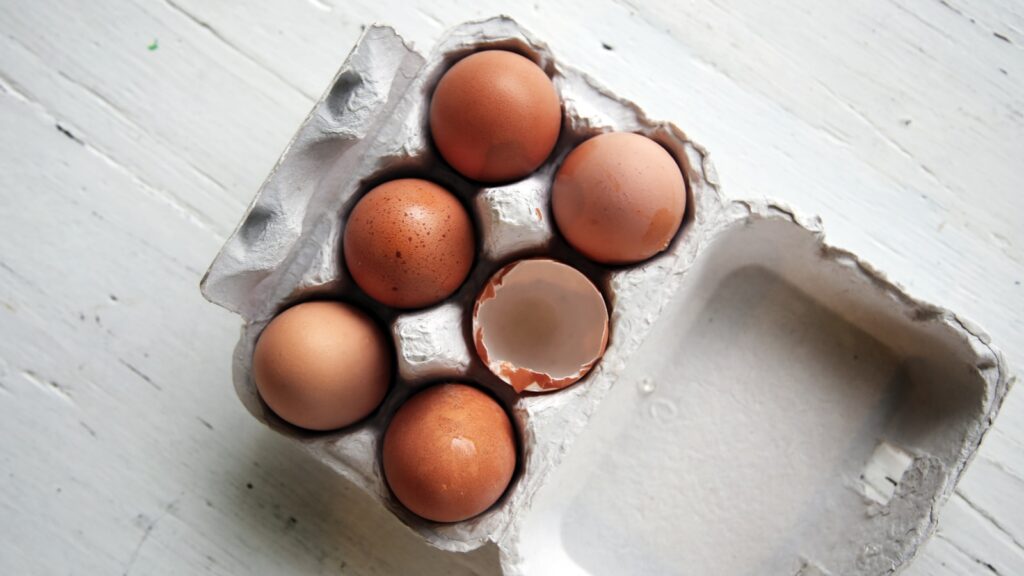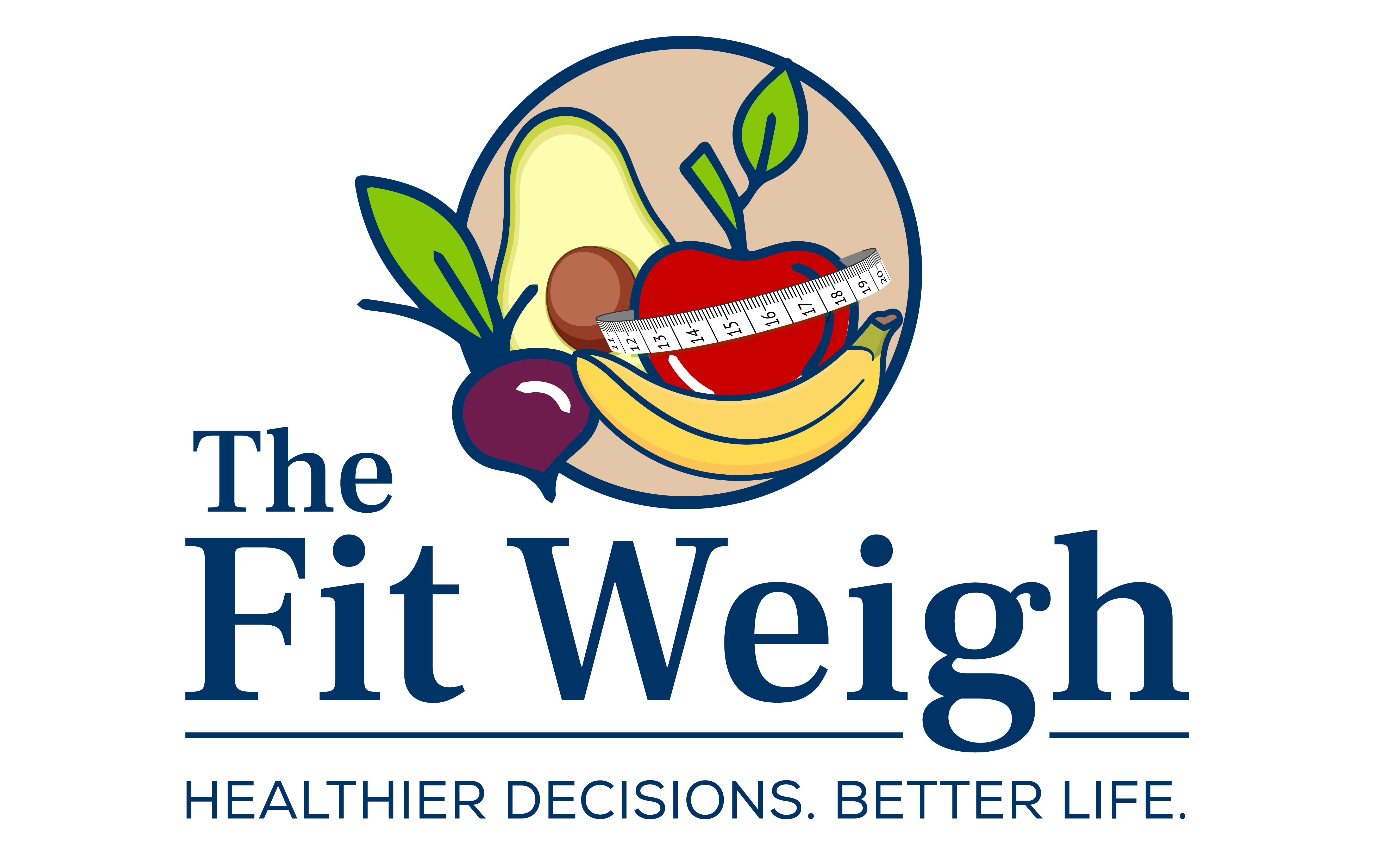Using MyPlate To Craft A Balanced Meal
Introduction
Healthy eating doesn’t have to be complicated! MyPlate provides an easy and simple guide to preparing your plate to reach your health goals.
What Is MyPlate?
MyPlate is a visual guide to healthy eating, designed to help you create balanced meals.
It suggests filling half your plate with fruits and vegetables, a quarter with grains, and the remaining quarter with protein foods, with dairy on the side.
While MyPlate provides a great foundation, please keep in mind that working with a registered dietitian is the best option for personalized guidance on meal planning. But as a starting point, the information below will be helpful!

The Five Sections of MyPlate
Let’s discuss each of the food groups on MyPlate, why they are important, what foods are included, and how much you should eat.
Fruit

First we will talk about fruits.
Why is it important to eat fruits?
- Provides nutrients
- Reduce heart disease (stroke, heart attack)
- Protects against certain types of cancer
- Increase fiber
What are examples of fruits?
- Berries: Strawberries, blueberries, kiwi
- Melons: Watermelon, cantaloupe, honeydew
- Other: Apples, bananas, oranges, peaches, pineapple, grapes
- 100% fruit juices (note: at least ½ fruits eaten should come from whole fruit rather than juice)
How much fruit should I eat daily?
This depends on age, gender, height, weight, and physical activity level. If over 9 years old, then eat about 2 cups. However, always ask your dietitian what amount is best for you!
Examples of 1 cup of fruit
- 1 small apple or ½ large apple
- 22 seedless grapes
- 1 large banana
- 1 cup 100% fruit juice
Vegetables

Next up is vegetables.
Why is it important to eat vegetables?
- Naturally low in fat and calories
- Reduce heart disease (stroke, heart attack)
- Protects against certain types of cancer
- Increase fiber
What are examples of vegetables?
- Dark Greens: Broccoli, spinach, kale, collard, Swiss Chard
- Red/ Orange Carrot, sweet potato, tomatoes, winter squash
- Beans: Kidney beans, black beans, navy beans
- Peas/Lentils: Black-eyed peas, split peas, red, brown, green lend
- Starchy: Corn (yellow/ white, plantain, cassava, white potato)
- Other: Avocado, bean sprouts, cabbage, okra, mushrooms
- 100% vegetable juice
How much vegetable should I eat daily?
This depends on age, gender, height, weight, and physical activity. If over 9 years old, then around 2 – 3 cups is appropriate. You should ask your personal dietitian what amount best for you.
Examples of 1 cup of vegetables
- 1 cup cooked or 2 cups fresh collards
- 1 cup of broccoli
- 1 large bell pepper
- 2 large celery stalks
- 1 cup vegetable juice
Protein

Next, let’s discuss protein. Why is it important to eat proteins?
Protein has several important functions:
- Helps to build bones, muscles, cartilage, skin, blood, enzymes, hormones, and vitamins
- Eating different types of proteins provides the body with different nutrients to keep the body functioning well
- Provides the body with nutrients such including B vitamins, vitamin E, iron, zinc, and magnesium
What are examples of protein?
- Meat (ex. Beef, pork, lamb, goat)
- Poultry
- Fish
- Eggs
- Beans
- Peas/lentils
- Nuts/seeds
How much protein should I eat daily?
This depends on your age, sex, height, weight, and activity. If over 9 years old, then eat about 4 to 6 ½ ounce-equivalents. Ask your dietitian what amount is best for you.
Examples of ounce-equivalent of protein:
- 1 ounce of meat, poultry, or fish
- ¼ cup cooked beans, peas, lentils, baked beans, refried beans
- ¼ cup of tofu
- 1 whole egg
Grains

Grains are another important food group. Let’s look at what types of foods are included and why they are important for health.
Why is it important to eat grains?
- May reduce the risk of getting heart disease
- Fiber from whole grains may help reduce cholesterol levels
- Supports healthy digestion and gut function
- B vitamins found in grains help the body to release energy from carbs, fats, and proteins.
- Iron found in some grains helps carry oxygen in the blood
What are some examples of grains?
- Breads
- Pasta
- Rice
- Breakfast cereals
- Tortillas
- Popcorn
- Oatmeal
How much grain should I eat daily?
One again, this depends on age, gender, height, weight, and physical activity level. If over 9 years old, then eat about 2 1/2 to 4 1/2 ounces. Ask your dietitian what amount is best for you.
Examples of ounce-equivalent of grain:
- 1 slice of bread
- 1 cup of ready-to-eat cereal
- 1 small muffin
- 3 cups of popcorn (popped)
Dairy

Last but not least, let’s talk about dairy.
Why is it important to eat dairy?
- Main provider of calcium which help build and maintain strong bones
- Provides potassium which help to maintain healthy blood pressure
- Dairy fortified with vitamin D help maintain good calcium and phosphorus levels
What are examples of dairy?
- Milk
- Yogurt
- Lactose-free milk
- Soy milk
- Soy-based yogurt
How much dairy should I eat daily?
The right amount of dairy depends on your age, sex, height, weight, and activity level. If over 9 years old, then consume about 3 cups. Once again however, ask your dietitian what amount is best for you.
Examples of 1 cup of dairy
- 1 cup of milk, calcium-fortified soy milk
- ½ cup of evaporated milk
- 1½ ounces of cheddar, mozzarella, Swiss, or Parmesan cheese
- 1 ounce of American cheese
Summary
We hope you found this blog post to be helpful and inspires you to create more balance at your next mealtime. Could you use more help crafting a balanced diet for yourself? Contact us to learn more about how we can work together on your health goals.

